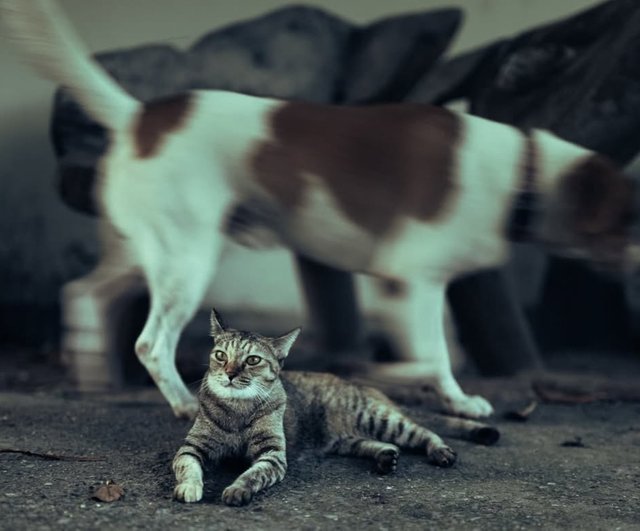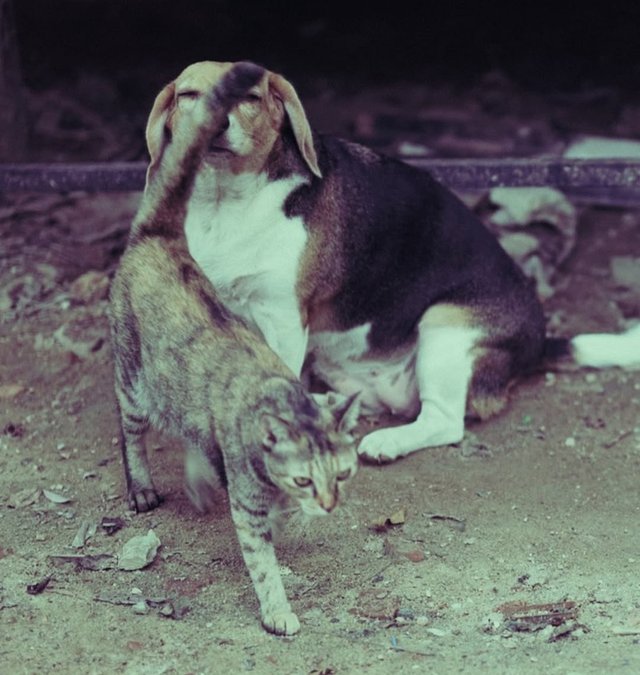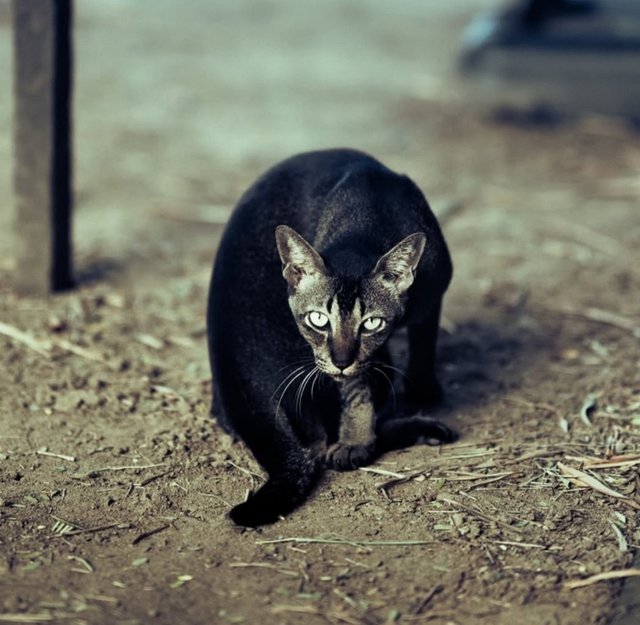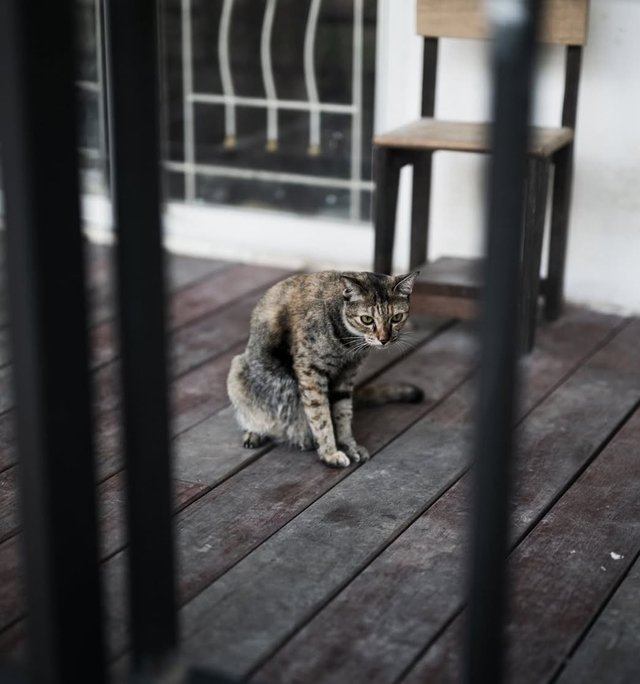So Cute Tabby Cat
The tabby cat is one of the most recognizable and beloved feline coat patterns in the world. Contrary to popular belief, “tabby” does not refer to a specific breed but rather a coat pattern that appears across many breeds and even mixed-breed cats. With its distinctive markings, endearing personality traits, and historical connections, the tabby cat stands as a symbol of both wild elegance and domestic charm.
Origins and History
The tabby pattern has ancient roots, closely resembling the coat of the African wildcat, the ancestor of today’s domestic cats. This natural camouflage served a vital survival function for wild felines, enabling them to blend into grasslands and forests as they hunted. The pattern has been preserved through natural selection and later, human breeding practices.
Historical references to tabby cats date back to ancient civilizations. In Egypt, cats with striped or spotted coats were often depicted in hieroglyphs and artwork. The word "tabby" itself is believed to come from the Attabiy district of Baghdad, famous in the Middle Ages for producing a type of silk with a striped pattern — atabi or tabby.
Tabby Coat Patterns
There are four classic tabby coat patterns, each offering a unique look:
Mackerel Tabby
The most common type. Thin, vertical stripes run parallel down the sides like a fish skeleton, hence the name. Many domestic shorthairs have this pattern.
Classic Tabby
Also called “blotched tabby,” this pattern has bold, swirling patterns resembling a marble cake. It’s particularly common in American Shorthairs.
Spotted Tabby
Instead of stripes, the body is covered in spots of varying size. This pattern can be seen in breeds like the Bengal and Egyptian Mau.
Ticked Tabby
The most subtle pattern. Each hair is banded with multiple colors, giving a salt-and-pepper appearance without visible stripes or spots. Abyssinians are a well-known ticked tabby breed.




%20(8).jpeg)